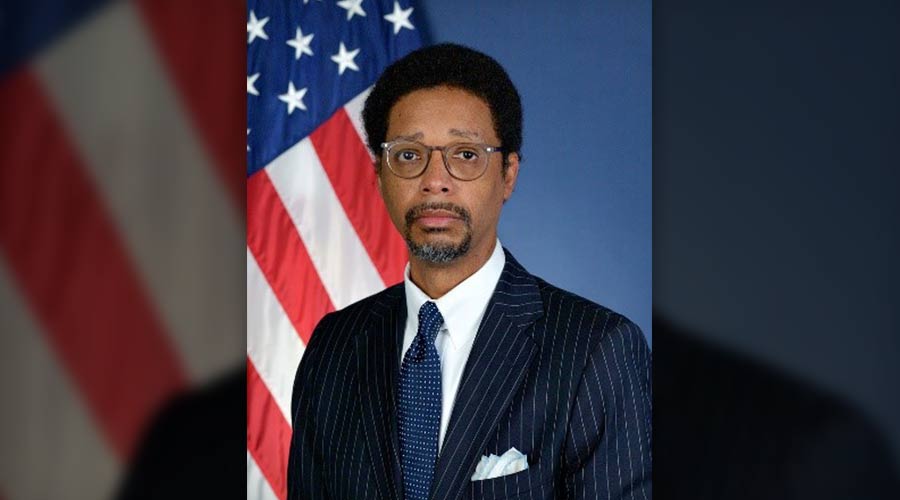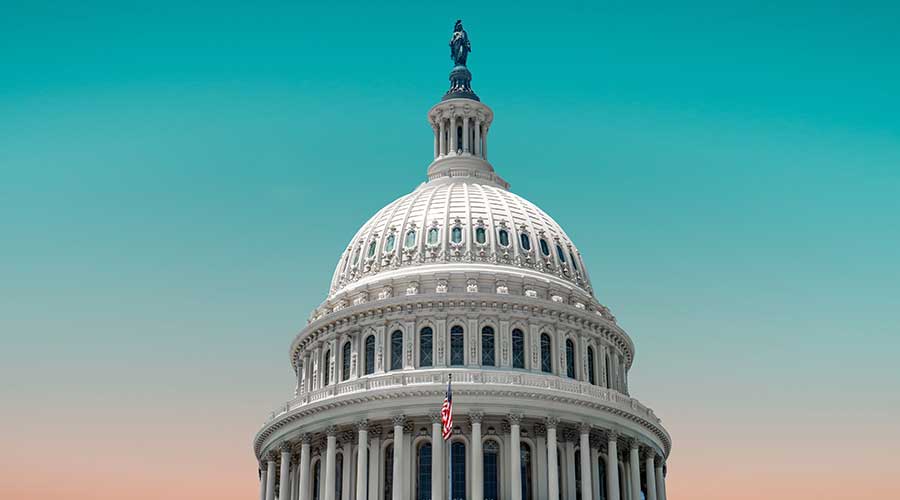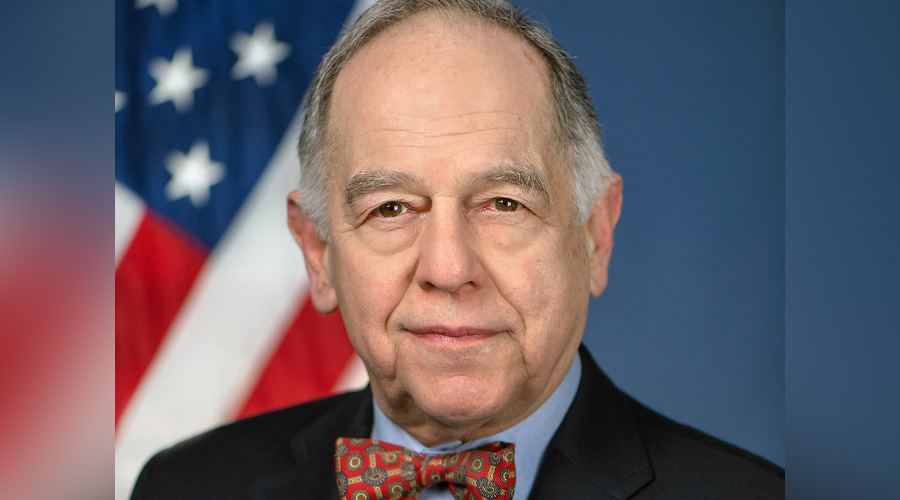Stay updated on news, articles and information for the rail industry
February 2024
Rail News: Norfolk Southern Railway
Guest comment: Deja vu, all over again

By Robert Primus
Nearly 10 years ago, the largest freight railroads in the United States, commonly known as Class Is, began to cut costs aggressively. They claimed that the cuts were necessary to implement a new operating philosophy called Precision Scheduled Railroading (PSR).
But PSR was merely a pretext for a scorched-earth plan to drastically reduce their costs. Spurred by activist investors, the Class I railroads made deep cuts to their labor force, their locomotives and rail equipment, and their physical infrastructure. “Less is more” was the prevailing theme. Between 2017 and 2022, Class Is cut nearly one-third of their rail labor force. As a result, profits for the railroads soared. Markets cheered as the railroads poured money to their shareholders through dividends and stock buybacks, and the Class I CEOs received accolades for dramatic reductions in their companies’ expenses.
But not everyone was cheering. Even with the operational cuts and record profits, the railroads made no real progress with respect to increasing volume or taking market share away from their closest competitor, the trucking industry. Since 2000, freight-rail volumes have remained relatively flat and there has been no transformational growth to threaten trucking. Moreover, following the spate of cost reductions, shippers nationwide, both large and small, suffered as our country’s supply chain quickly lost its resiliency.
Once-reliable freight-rail service became erratic at best. Service was drastically reduced for many and, in some instances, customers received no freight-rail service during some periods of time. Embargoes, usually reserved for natural disasters and major infrastructure issues, were becoming commonplace on certain parts of the freight-rail network.
These service woes came to a head at the height of the COVID-19 pandemic, when the economy suddenly accelerated in the late spring and early summer of 2020, and our national rail network was ill-equipped to meet the growing shipper and consumer demand. Its furloughed labor force found employment elsewhere, and there were simply not enough crews or power to support the needs of the network.
As a result, service levels plummeted, with near-catastrophic consequences across many sectors of American business, from agriculture and energy to automotive and manufacturing. Railroads lost market share to trucks. Ultimately, it was American consumers who paid the greatest price, as the service failures led to a substantial rise in transportation costs which, in turn, further fueled inflation.
At the same time, the network started to see signs that the Class Is were ready to chart a new course. Several CEOs who had spearheaded the extreme cost-cutting departed and were replaced by individuals who recognized that a resilient and service-focused freight-rail network would foster substantial long-term revenue growth and profits. Rather than cutting to the bone, they would grow revenue by improving service and reclaiming business lost to trucks. To improve service, they would maintain adequate — but not excessive — workforces, equipment and infrastructure. Departing from past practice, they would not furlough employees at the slightest economic downturn but instead would determine the appropriate number to manage the economic ebbs and flows evenly.
Is it working? Operating metrics are pointing in a positive direction. Service has improved significantly throughout 2023, in large part due to a rebound in rail labor. The railroads have stopped mass furloughs and focused on hiring and retention efforts, including addressing serious quality of life issues that have long-plagued the network. Many freight-rail customers are predicting further economic growth in 2024 and the Class Is stand ready to handle the potential increase in traffic. And yes, even with this “pivot to growth,” the Class Is remain financially healthy and highly profitable.
And just when you think our freight-rail network and national supply chain are back on solid ground, we now face yet another assault from those who view the Class Is as short-term cash cows. Activist investors are taking aim at one of the Class I CEOs who pursued the new, growth-focused approach. They are trying to blame him for legacy policies associated with PSR that he is rightly trying to correct.
They say they want to move forward but have chosen individuals who have strong ties to PSR. If they succeed in returning the company to the old slash-and-burn strategy, recent history may repeat itself in unfortunate ways. Doing so would also invite additional scrutiny from Congress and federal regulators, who may prefer to increase regulatory intervention rather than watch the same story play out again.
Sacrificing the U.S. freight-rail network’s long-term viability for short-term gain would be tragic. And the consequences would be felt not only by the countless businesses that rely on rail transportation, but the American consumer who would ultimately pay higher prices.
In the end, I hope long-term investors will realize that this was no way to run a railroad and confront these activist few who, if left unchecked, will no doubt make a quiet exit after fleecing the railroad and our national supply chain.
Robert Primus is a member of the Surface Transportation Board (STB). He was sworn in as a member on Jan. 7, 2021, following his confirmation by the U.S. Senate on Sept. 16, 2020. A native of Madison, New Jersey, Primus previously served as the STB’s vice chairman from February 2021 to February 2022. For the past 30 years, he has been involved in various aspects of the U.S. Congress and federal legislative process.


 LRW Honors Amtrak’s Acheson As Railway Woman Of The Year
LRW Honors Amtrak’s Acheson As Railway Woman Of The Year
 From Editor-In-Chief Foran: Of Gender Equity And Inclusion
From Editor-In-Chief Foran: Of Gender Equity And Inclusion
 Spotlight On Some Of Today’s Rail Safety Products
Spotlight On Some Of Today’s Rail Safety Products
 Women of Influence in Rail eBook
Women of Influence in Rail eBook
 railPrime
railPrime







